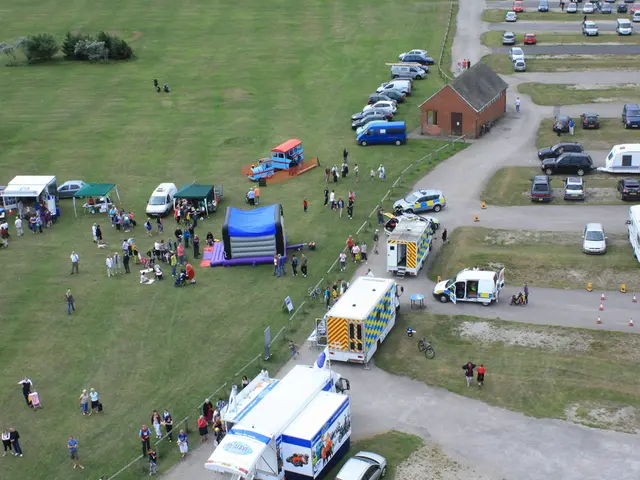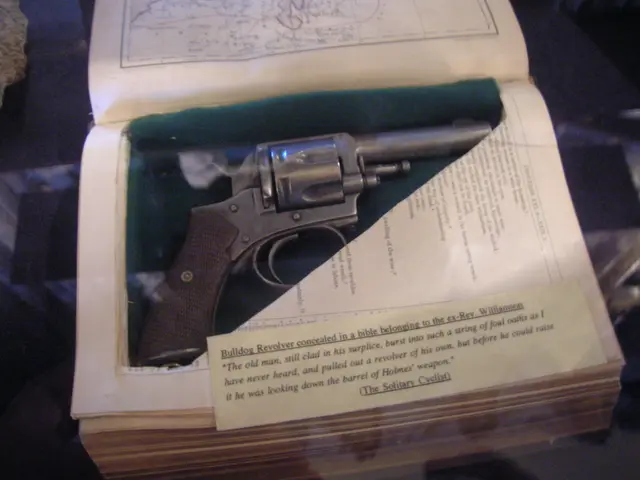Ancient Cow Tooth Alters Previous Understandings About Stonehenge's Era
In an intriguing discovery, archaeologists have unearthed a well-preserved cow's remains at the site of Stonehenge, dating back to the time of its construction around 2995-2900 BCE. This ancient creature, now known as "Ben," has become a fascinating subject of study, offering insights into the Neolithic era and the construction of one of the world's most enigmatic monuments.
The analysis of Ben's tooth reveals a six-month diary of the animal's life, providing valuable information about its seasonality, diet, and geographical origin. Carbon isotopes show that Ben nibbled on woodland fodder in cold months and grazed open grasslands in summer, suggesting a life roaming across diverse landscapes. Oxygen isotopes in the tooth growth indicate a winter beginning and a midsummer ending, further supporting this conclusion.
Strontium isotopes in Ben's bones suggest a deeper geographical signature, narrowing down the origin to Wales or the Lake District and Scotland. This finding aligns with the theory that the famous bluestones of Stonehenge were transported from Welsh quarries. The cow's remains may have played a role in this transportation process, as they were traced to the same area.
The placement of Ben's jawbone at the gateway to Stonehenge's first ring is significant, leading researchers to suspect that cattle might have been used as beasts of burden in the construction of Stonehenge. Archaeologists suspect that the builders of Stonehenge used ropes and levers, and the size and strength of a mature cow could have been crucial in moving the massive stones.
The team performed peptide-based sex determination to confirm that Ben was a female cow. This discovery is important, as females were often used for milk and labour in the Neolithic era, making them more valuable to the builders of Stonehenge.
Professor Michael Parker Pearson, a leading figure in British prehistory, finds this new evidence compelling. He suggests the tantalizing possibility that cattle may have helped haul the stones, providing a fascinating glimpse into the lives of the people who built Stonehenge.
Radiocarbon dates suggest that Ben's remains could have been curated for decades, possibly centuries, before being buried at Stonehenge. This suggests a deep reverence for the animal and its role in the construction of this monumental site.
The findings were published in the Journal of Archaeological Science, adding another layer to the ongoing mystery of Stonehenge and the Neolithic people who built it. As research continues, Ben's story continues to unfold, offering a unique window into the past.
Read also:
- Understanding Hemorrhagic Gastroenteritis: Key Facts
- Stopping Osteoporosis Treatment: Timeline Considerations
- Tobacco industry's suggested changes on a legislative modification are disregarded by health journalists
- Expanded Community Health Involvement by CK Birla Hospitals, Jaipur, Maintained Through Consistent Outreach Programs Across Rajasthan








